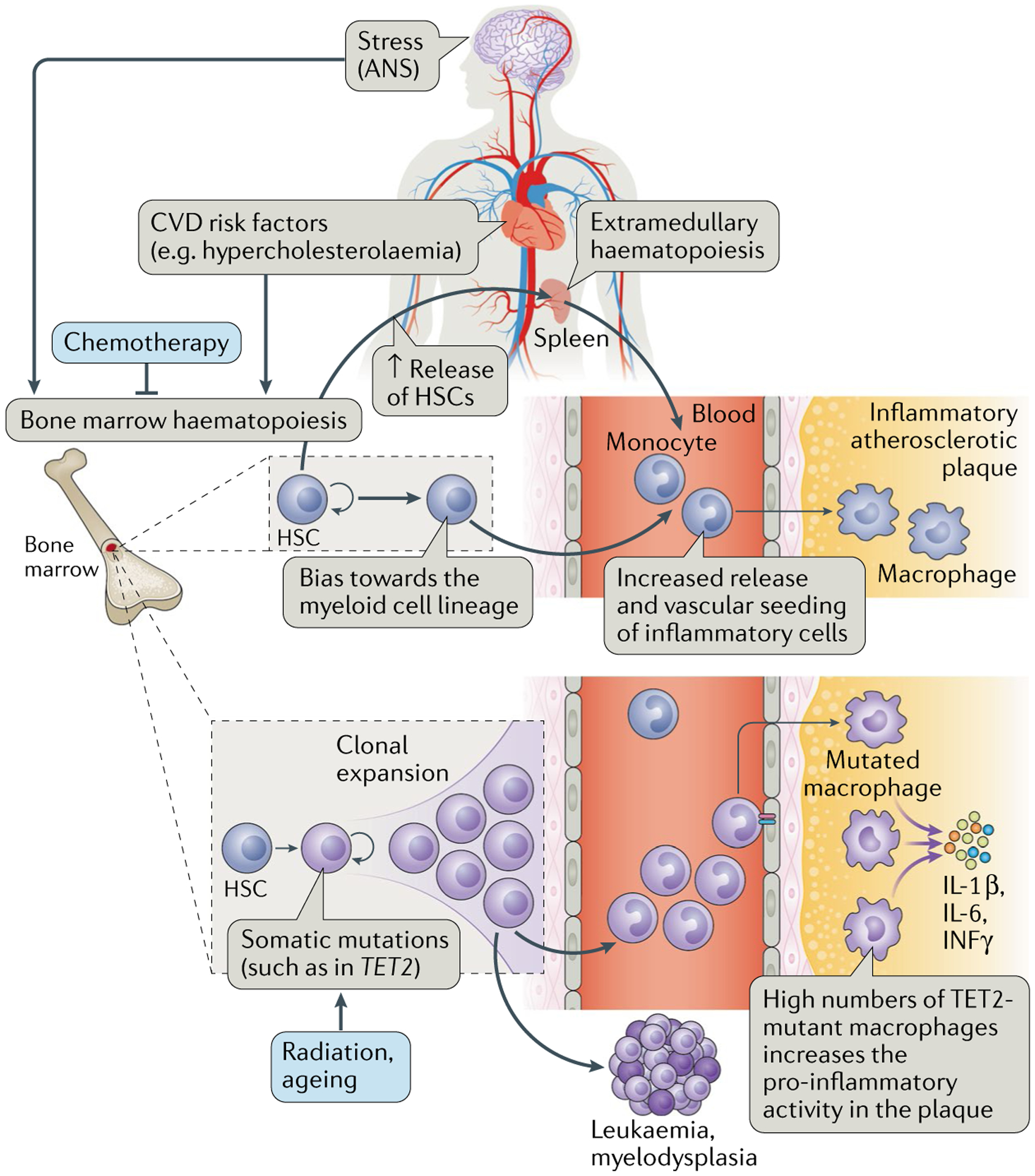Fig. 4 |. Pathophysiological processes contributing to atherosclerosis in patients with cancer.

Somatic mutations can lead to alterations in the haematopoietic stem cell (HSC) clones in the bone marrow, such as mutations in TET2, which, through a process termed clonal haematopoiesis, ultimately leads to the generation of a macrophage pool with greater inflammatory activity. In addition, stress, via β3-adrenergic receptor activation, leads to activation of HSCs and increased proliferation. These cells circulate in the blood and seed into the spleen, where they proliferate and continue to mature. The end effect is an increased infiltration of inflammatory cells into atherosclerotic plaques. Both of these processes — stress as well as somatic mutations and clonal haematopoiesis — can also contribute to and result in malignancies. Cancer therapies can affect the bone marrow, for example, leading to bone marrow suppression as well as mutations and derangements of bone marrow cells. ANS, autonomic nervous system; CVD cardiovascular disease.
